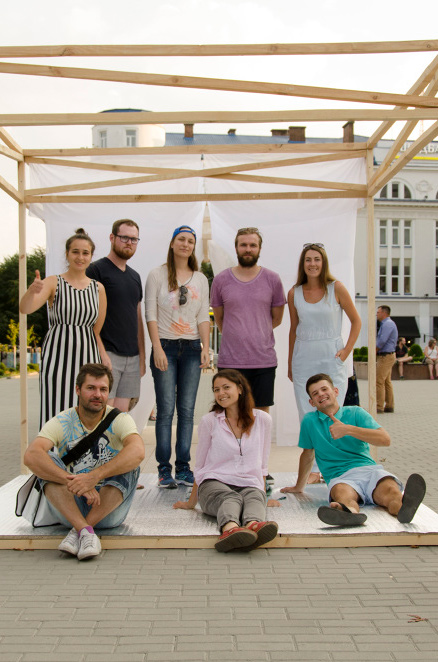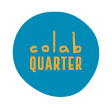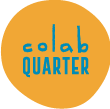Collaborative Arts
The kitchen
The kitchen is used by 2 of the partners: CRICAO, Mescladis.
At cricao, cooking combined with art is a way to meet different communities through their know-how. It was also used to attract an audience to cultural activities that they were not accustomed to attending. At Mescladis, cooking is a tool for social integration through economic activity.
What we eat, what we cook, is perhaps the greatest common denominator of our cultural markers. Cooking is essential to our life, as well as being a testament to our identity, at the crossroads of individual practices and collective influences. Finally, culinary practices are displayed in the collective space. The restaurants of the big European cities tell us what they are, their singularities and their place in a global world. Cooking and its food becomes also political, when the small producer becomes a symbol of resistance against the industrialist, when the practice of vegetarianism becomes a recognition of the animal world, at the same level as the human being. Cooking, in the contemporary world, is a matter of intimate resistance, conviction and affirmation of the individual in a globalised world.

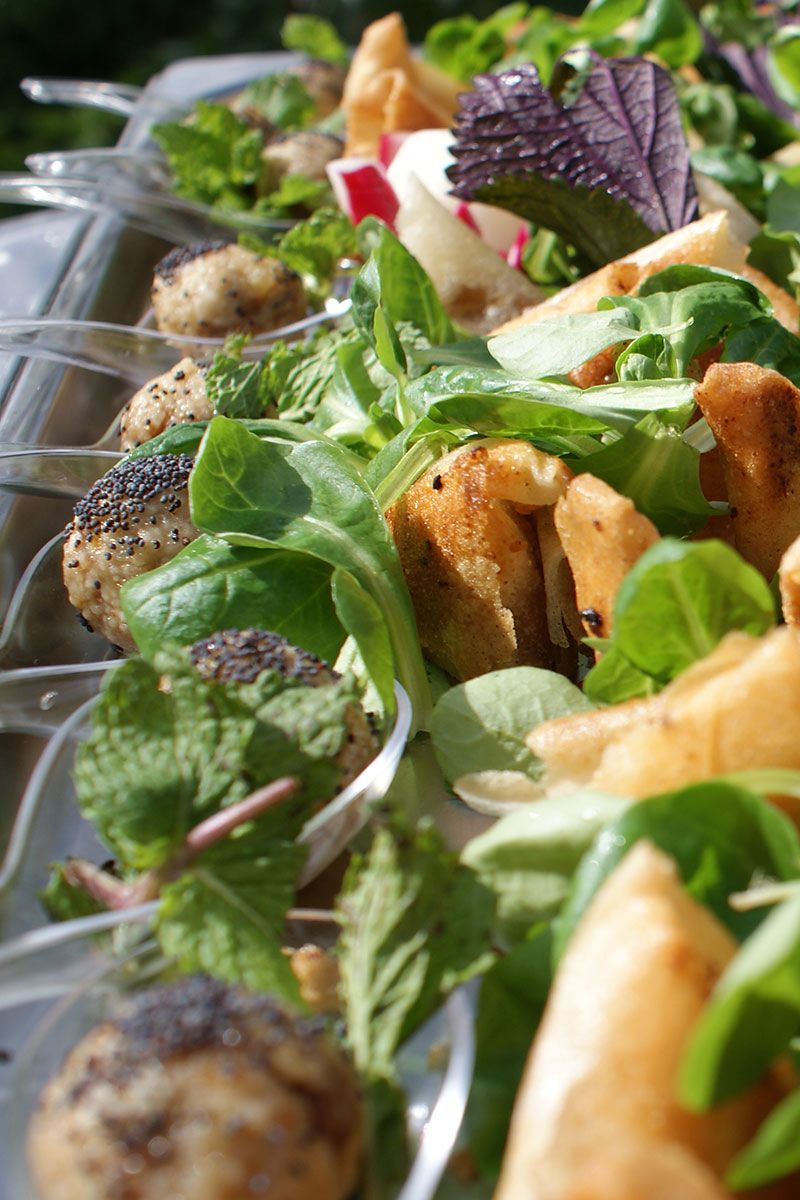
Photography
The photograph is mainly used by Mescladis for the Encajados project, as well as in the CRICAO projects and in the Soshenko 33 field. In these 3 structures, photography is used to testify, as an ethnographic tool. With Soshenko, photography brings back to the memory of the place, it participates in its archaeology. The forces of these images show in a completely neutral way, how this place has passed through history and hosted stories of freedom. Compared to the current context, these photographs only testify, but what they do give strength and legitimacy to the place to which users and neighbours identify. The place, with the weight of its history, becomes a symbol for many people, here, symbol of resistance to the promoters.
At CRICAO; photography is used in association with stories of inhabitants and maps. The people photographed tell an anecdote associated with a place. They give the territory lived a consistency, the face of ordinary inhabitants. It also makes it possible to approach the territory according to different strata. Every face we see on a photograph, that we may have seen in the street, tells us about its geography, its practices, its uses of the territory. It makes the territory complex and rich, like a sum of stories that intertwine.
Finally, in Mescladis, photography is at the same time a testimony, a militant act, an artistic gesture. For the invisible dialogues project, photographer Joan Tomas takes portraits of migrants, develops them in a very large format and applies them to the iron curtains of shops in the Ribera district of Barcelona. When the shops close, the portraits appear. They are the faces of migrants, often undocumented migrants, who hide on the day for fear of arrest. The invisible ones appear in large numbers, asking the passer-by to take responsibility for looking. We’ll never be able to see them again.
For the Encajados project, the photographer set up portable photo studios in the street, inside which residents are photographed. The photos developed in very large format here again, are pasted in the street, in the folds of the city, the no-facilities: under the urban highways or around them, as if to say that this crossed landscape is also a landscape made up of humans. Mescladis, with photography, reveals a territory inhabited by humans that we no longer see.

Architecture
Misto Diya and the town of Colomiers use architecture in their interventions. Misto Diya as a collective of architects and urban planners and the city of Colomiers to solve urban problems. In Colab quarter, architecture will come to signify, communicate, gather, invite, symbolize the project. The same form will be used on the experimental sites to indicate the presence of the European project. A form within which the project will be made visible. We will be informed of its state of progress, we will formalise the links between the experimental fields, and by means of the trans-media tool, we will formalise the progress of a common European narrative being built.

